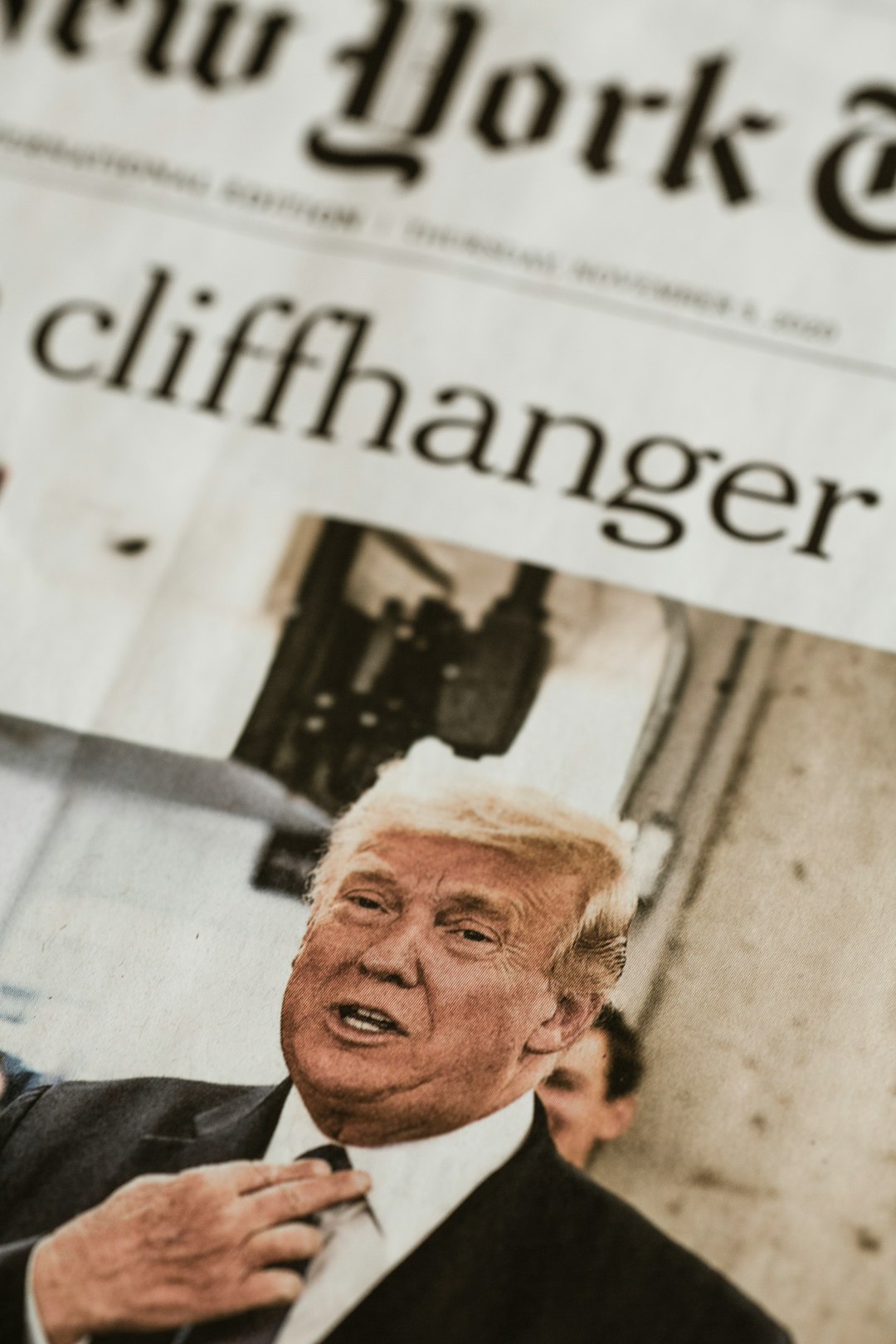
President Donald Trump’s surprise announcement on Friday that U.S. tariffs on steel and aluminum will double to 50%—effective June 4—has reignited concerns about rising protectionism and its ripple effects on global trade. While the immediate domestic fallout may be limited, the broader implications for industrial policy, supply chains, and export markets are significant.
Why the 50% Increase Matters
Rationale: At a campaign rally, Trump argued the move would protect U.S. manufacturers and jobs. By doubling tariffs, the administration aims to discourage imports and encourage domestic production.
Effective Date: June 4—markets now have a narrow window to adjust.
Broader Context: This escalation comes amid stalled U.S.–China talks and ongoing debates over reshoring critical industries.
To track upcoming deadlines—such as compliance timelines and potential WTO hearings—investors can consult the Economics Calendar API, which flags key trade-policy events and tariff reviews.
Impact on Japanese Steelmakers: Limited but Watchful
Analysts at JPMorgan, led by Tatsuya Maruyama, estimate that Japan accounts for only about 4% of its steel exports to the U.S. Specifically:
Nippon Steel (TYO: 5401) and JFE Holdings (TYO: 5411) each send roughly 1% of total shipments to the U.S.
Kobe Steel (TYO: 5406) exports around 3% of its steel to America.
Given these modest exposures, the direct revenue hit for major Japanese players may be limited—yet rising global protectionism could trigger retaliatory measures by the EU, India, South Korea, and others, further constraining export markets.
To gauge how these companies’ credit profiles might withstand heightened trade barriers, investors should monitor real-time rating updates via the Company Rating API, which reports on debt-to-equity ratios, interest coverage, and rating outlooks.
Geopolitical Risks and Potential Retaliation
Global Response: The EU, South Korea, India, and other regions have previously implemented anti-dumping duties on steel—an aggressive U.S. move could prompt matching tariffs on U.S. steel or unrelated goods.
Supply-Chain Disruption: Higher U.S. input costs may incentivize American automakers and infrastructure firms to seek alternative suppliers, reshuffling global procurement patterns.
Emerging Market Pressure: Smaller steel exporters—especially in ASEAN and Latin America—might face cascading effects if larger economies erect new barriers.
Domestic U.S. Considerations
Steel Producers: U.S. domestic mills (e.g., Nucor, US Steel) could see margin relief as imported steel becomes costlier, but they may also face raw-material price swings.
Consumer Prices: Industrial users—from automakers to construction—are likely to absorb higher steel and aluminum costs, which could trickle down into consumer goods.
Inflation Signals: Higher input costs risk feeding into broader inflation—one factor the Fed will watch closely as it weighs monetary policy.
What to Watch Next
Effective Date Reactions (June 4): Any last-minute shipments or tariff exclusions will be closely monitored.
Policy Debates in Congress: Proposals to mitigate impact on downstream industries may emerge, potentially delaying or modifying tariff terms.
Global Trade Talks: Renewed U.S.–China or U.S.–EU negotiations could offer avenues for tariff rollbacks.
By tracking trade-policy announcements—deadlines for tariff implementation, exclusion-list updates, and legislative hearings—via the Economics Calendar API, market participants can stay ahead of potential volatility spikes in commodity and equity markets.

